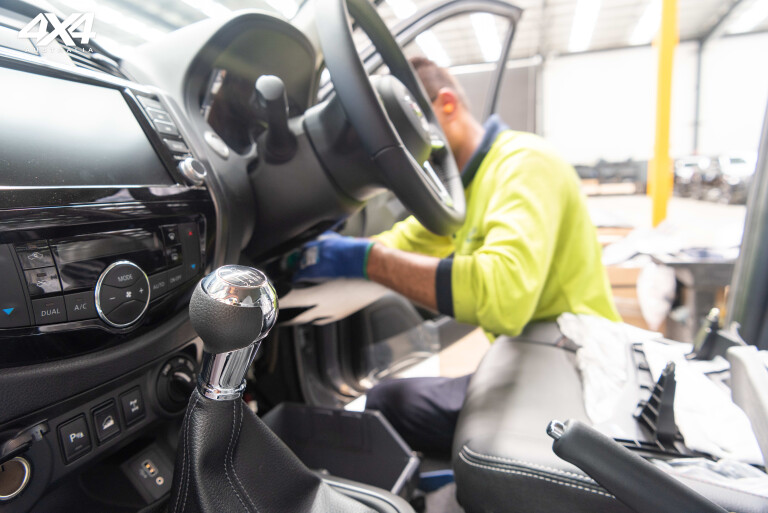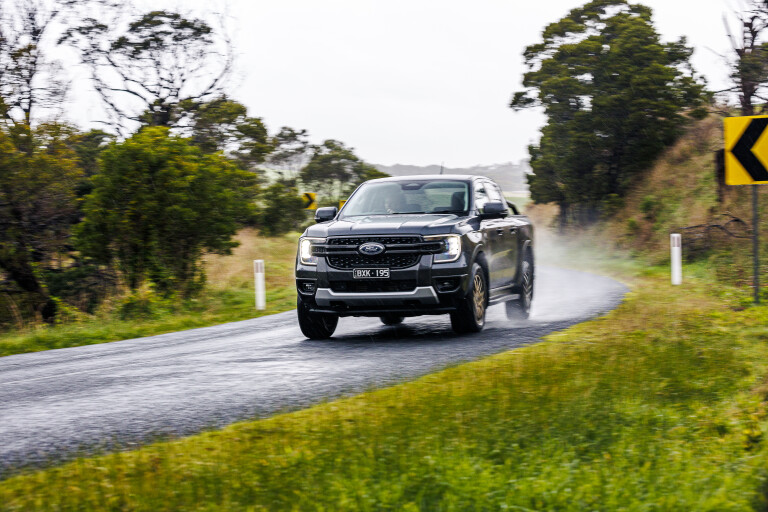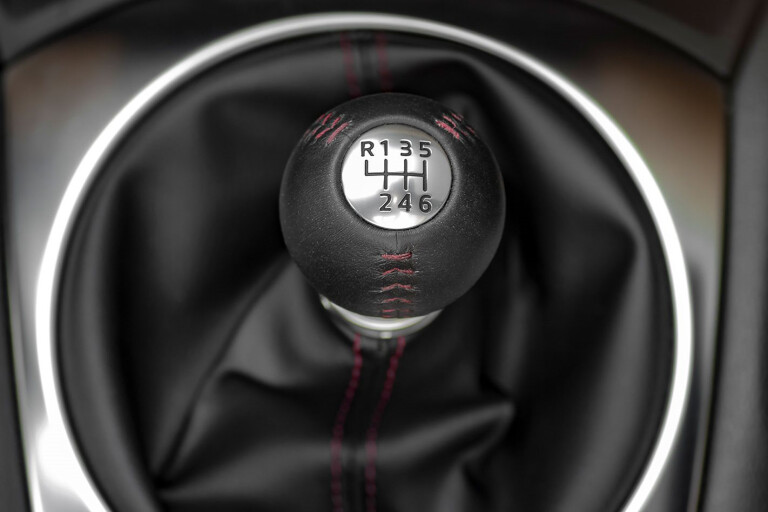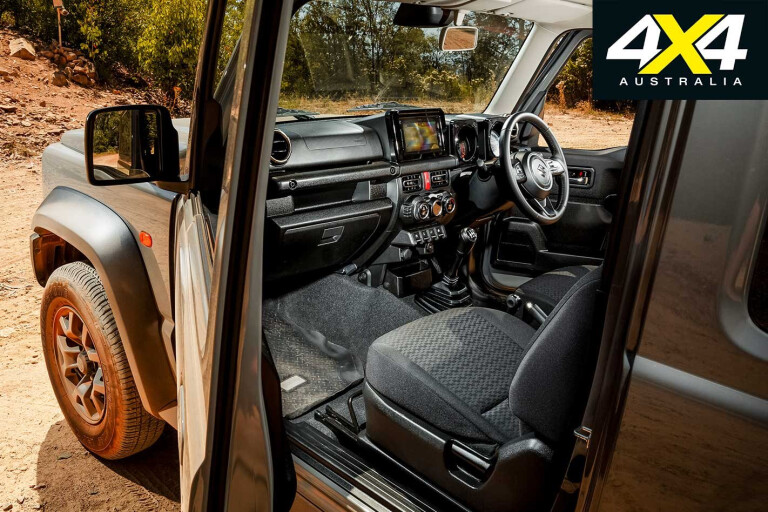
The automotive world is being turned on its head right now, but that doesn’t mean we aren’t about to be swamped by EVs, nor will diesel and petrol fuels disappear anytime in the foreseeable future. But what is on the endangered list is the manual gearbox and its availability in new four-wheel drives.
Ford’s next-generation Ranger, a significant new model not just for the 4x4 and ute markets but for the overall new-car market in Australia, isn’t available with a manual gearbox. No manual, of course, in Toyota’s 300 Series LandCruiser, as there wasn’t with the 200 Series.
And you can no longer buy a manual Prado or a manual in the other popular 4x4 wagons: Isuzu MU-X, Mitsubishi Pajero Sport, Toyota Fortuner and Ford Everest. There’s also a good chance the next-generation Hilux will be auto-only, at least in up-spec 4x4 variants.

Meanwhile over at Land Rover/Range Rover, manual gearboxes disappeared long ago, while Jeep doesn’t offer a manual at all, not even in the Wrangler Rubicon.
Lack of buyer demand, claims Ford, is the reason it doesn’t offer a manual in the new Ranger. A manual is available with the new Ranger in some overseas markets, just not here in Australia. Lack of buyer demand is also the reason why Toyota dropped the manual option from the Prado.
Small capacity engines that don’t produce much torque at low revs simply don’t work well with torque-convertor automatics
Despite what might or might not be ‘buyer demand’, not everyone is happy that manuals are disappearing, as you would expect. For one thing you can’t clutch-start an automatic, which brings a new dimension to a flat battery when you’re out bush.
Some people just don’t like automatics for various reasons, perhaps scarred by the experience of two and three-speed automatics of years back or, more recently, four-speed automatics mated to smaller capacity (naturally aspirated) petrol engines that need to rev hard to give their best. Small capacity engines that don’t produce much torque at low revs simply don’t work well with torque-convertor automatics.

While contemporary five- and six-speed automatics with their electronic controls have moved the game on appreciably, new-generation automatics with eight, nine or ten speeds and even more sophisticated electronic control take the driving experience to a whole new level.
These eight-speed-plus automatics vary in detail of operation of course, and some do things better than others, but the key attribute shared by them all include the ability to swap from any given ratio to any other ratio without having to go through all the ratios in-between. And they can do this both going up and going down the ratios. If they couldn’t do this, then having so many ratios would mean very slow multi-ratio shifts.
When accelerating under light throttle for example, the gearbox might skip every second ratio or even skip two or more ratios at a time so as to get up to the taller gears more quickly. Likewise, with heavy throttle application, in a taller gear the gearbox doesn’t downshift one ratio at a time but goes straight to the ratio that will provide the most effective acceleration, even if that means jumping four or five ratios on the way.

All of these automatics will also downshift on brake application down hills and some will even downshift on descent without brake application in off-throttle mode.
These gearboxes also allow the driver to select gears manually and will only revert to automatic control if the driver (through gear selection and/or throttle application) ‘asks’ them to operate outside their pre-programmed manual-mode protocols, which they won’t do.
All of these modern automatics are generally so good that they are best left to do their own thing in ‘Drive’ almost irrespective of the driving environment. The rare exceptions include descending long, steep slopes when towing heavy loads to optimise the engine braking and thus reduce the risk of overheating the wheel brakes.
Manual control can also be useful off-road when descending steep slopes, although for most off-road driving situations these slick new automatics will do all you want in Drive.

COMMENTS